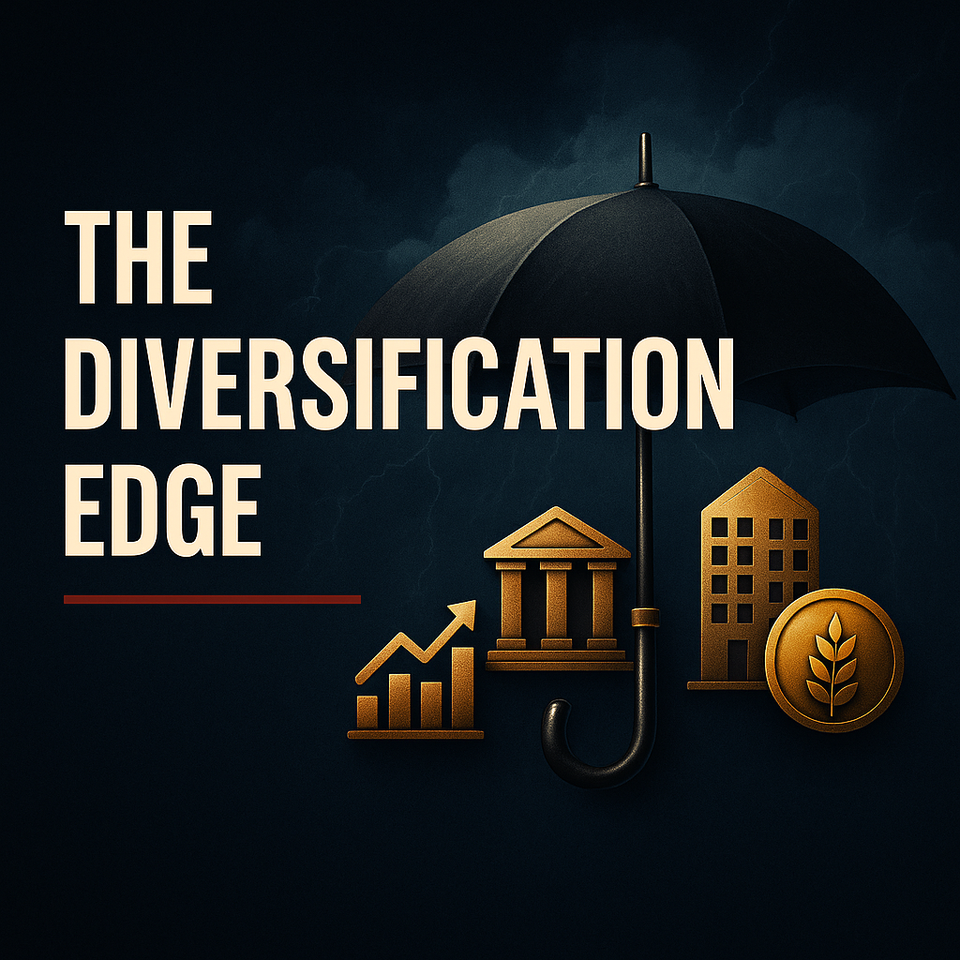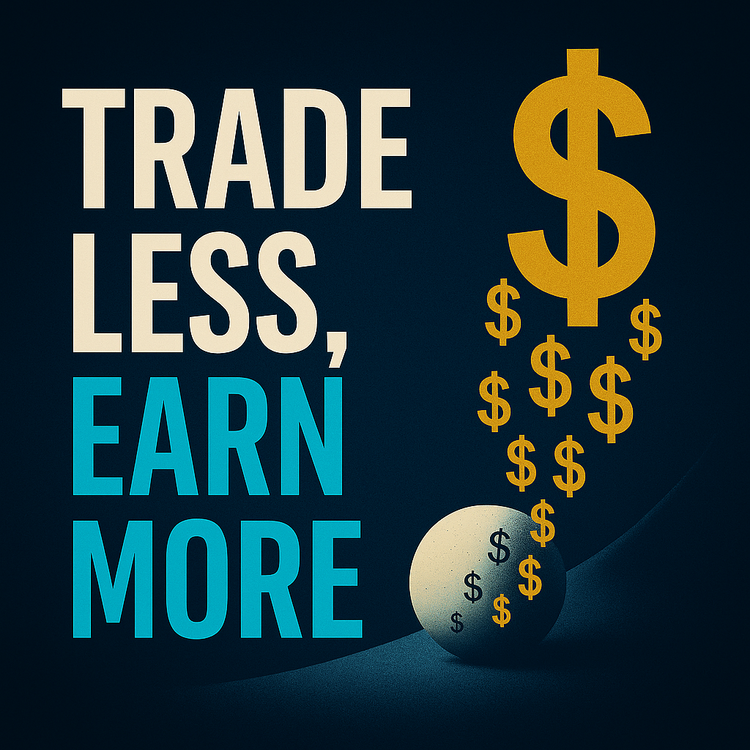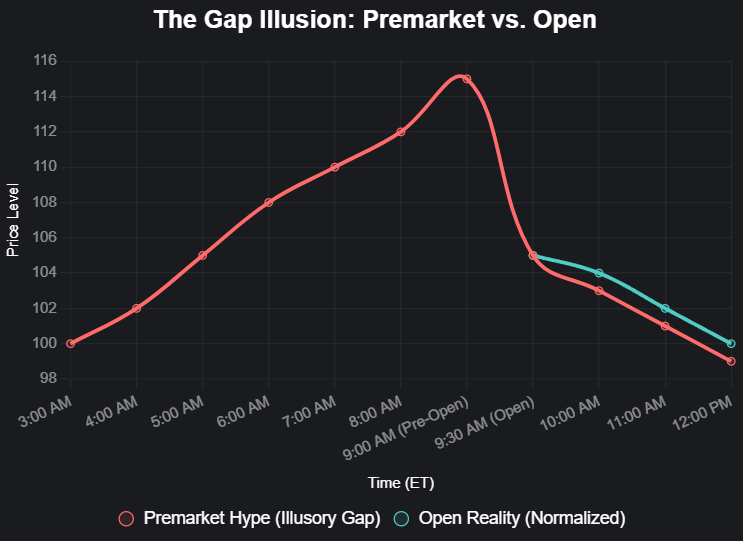Mastering the Art of Portfolio Diversification: Investment Truths from the Trenches

Let’s be blunt — most investors butcher diversification.
They think holding a few ETFs or sprinkling in bonds makes them “safe.” But I’ve watched that illusion collapse for decades. 2008, 2020, 2022 — different catalysts, same mistake.
What most people call “diversified” is really just a collection of correlated bets.
True diversification isn’t about owning more things.
It’s about owning the right mix of things that don’t all sink when the tide goes out.
1. The Foundation: Stocks and Bonds
Every portfolio starts here.
Stocks drive growth; bonds are supposed to steady the ship.
Problem is, for the past decade, bonds haven’t done much of that.
With yields near zero and inflation chewing through returns, so-called “safe” income barely kept up — often losing ground after inflation.
That doesn’t make bonds useless. It just means they’ve lost their shine as a one-size-fits-all anchor.
Use them for ballast, not for growth.
2. Go Global or Stay Small
If all your equities live in the same ZIP code, you’re not diversified — you’re overexposed.
Geographic diversification matters because economic cycles don’t move in sync.
When U.S. tech wobbles, Europe might hum. When Asia lags, Latin America could surprise.
It’s not about chasing every market — it’s about avoiding the blind spots that crush unprepared investors.
Global exposure gives you breathing room when home markets falter.
3. The Third Dimension: Alternatives
Real estate. Commodities. Infrastructure.
These are your shock absorbers. They behave differently from traditional assets. When stocks slide, hard assets often hold value or even rise.
Case in point: in the early 2000s bear market, real-estate investors quietly made a fortune while equities cratered.
You don’t need to own everything — just enough to break correlation.
4. The Danger of Overdoing It
Diversification isn’t “the more, the better.”
Owning 100 positions doesn’t make you smart — it makes you a closet index fund with worse returns.
Warren Buffett calls it deworsification for a reason.
You want concentration where you have conviction, not clutter that dulls your edge.
Pick a handful of assets you understand — not a zoo of tickers you can’t track.
5. Rebalance or Be Ruined
Markets move. Portfolios drift.
If you don’t rebalance, your risk profile silently mutates.
Rebalancing forces discipline — trimming winners, adding to laggards, and keeping your allocations aligned with your goals.
It’s boring. It’s mechanical. It works.






Member discussion